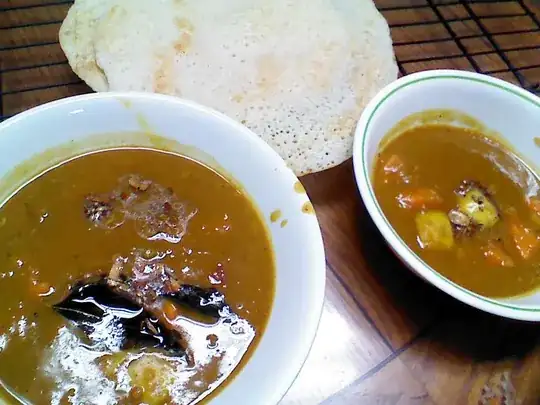I tried my hand at making dosas for the first time this weekend.
I was following this recipe for the dosa batter.
I soaked the dal and fenugreek seeds together and the rice by itself. The rice and dal were then blended together. They were then fermented.
At this point real life happened and I didn't have time to actually make them. They fermented for two days. By this time the batter was very aerated and fragrant.
I then used non-stick spray on an electric griddle and cooked them similar to crepes- spreading them thin with the back of the ladle.

They were delicious! More sour and nutty than restaurant dosas but they had entirely the "wrong" texture. Where restaurant dosas are smooth, shiny, brown, and crisp; mine were much paler and, although they could get somewhat crisp, they were never smooth or shiny and didn't stay crisp for long.
Indian coworkers have told me that there are variations in traditional dosas and just one style is used in restaurants.
- Is there a tradition style of dosa that ferments longer and is more sour?
I would like to perfect this recipe and make my dosas more like the restaurant style. Obviously the batter fermented far longer than required. That would account for the aeration, acidity, and minimal browning.
Is the fermentation also responsible for the lack of shine and crispness?
There are a few variables that could also come into play:
- Cooking on a griddle is not traditional (I think). Could the cooking temp be wrong?
- The pan is usually oiled with an onion dipped in oil. I used non-stick spray.
- I was unsure of the batter thickness.
At one point I thinned it with water. This may be hard to answer, but what consistency should the batter be? Would thinner help? - I've read that the ratio of rice to dal greatly affects the texture. I followed the proportions from the recipe. Is the ratio in the recipe to blame?